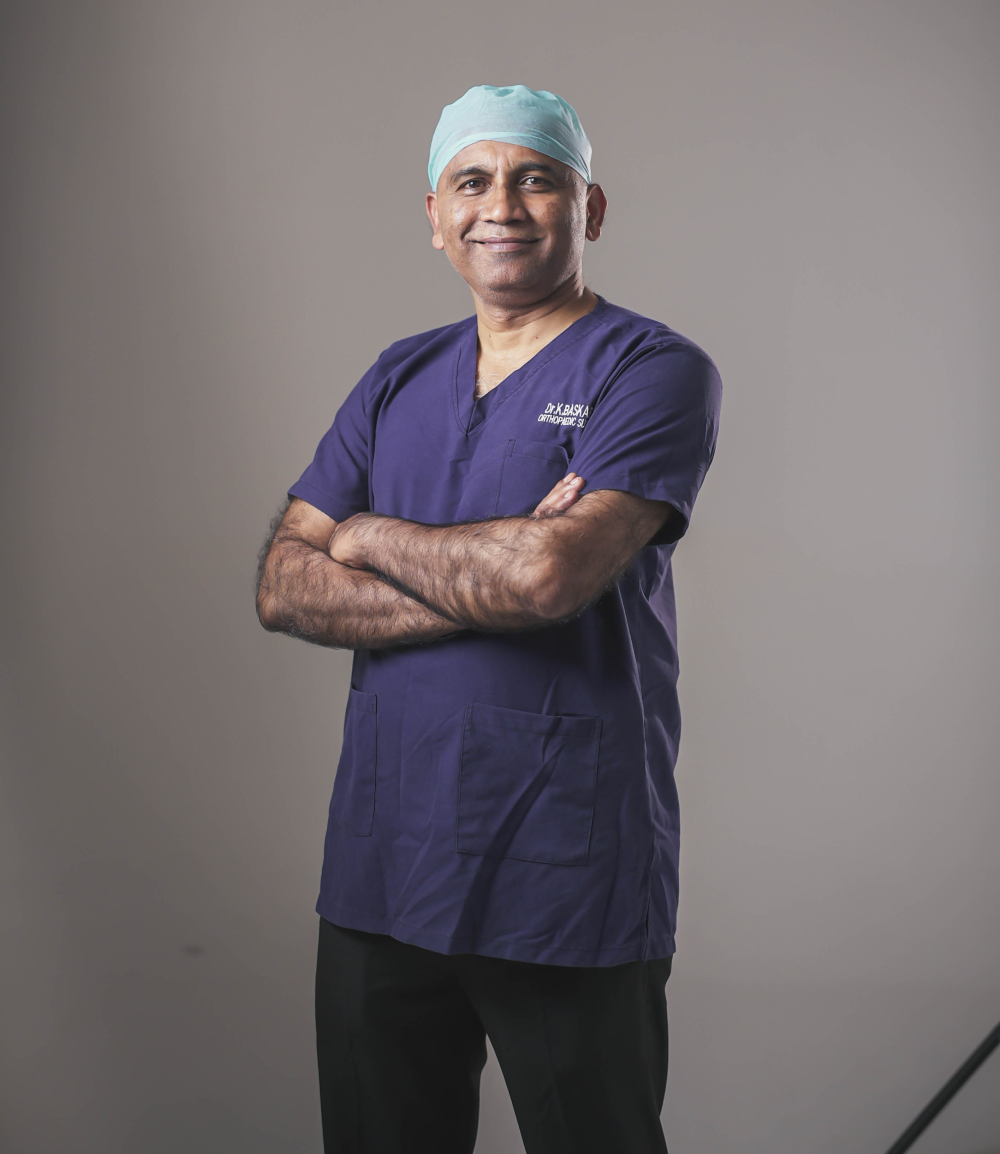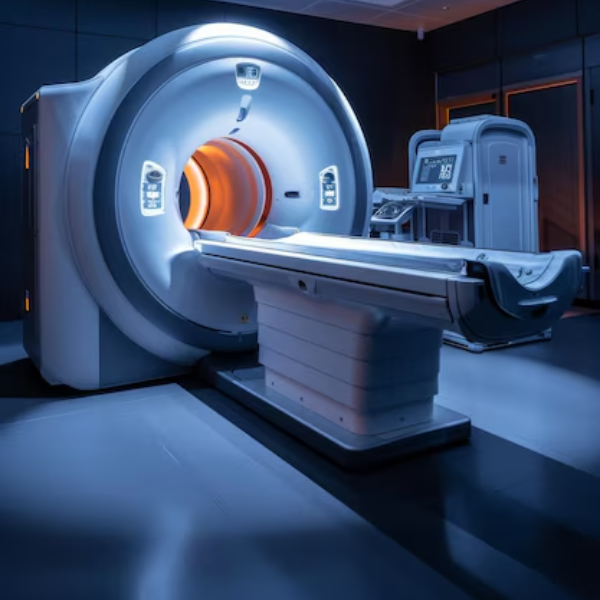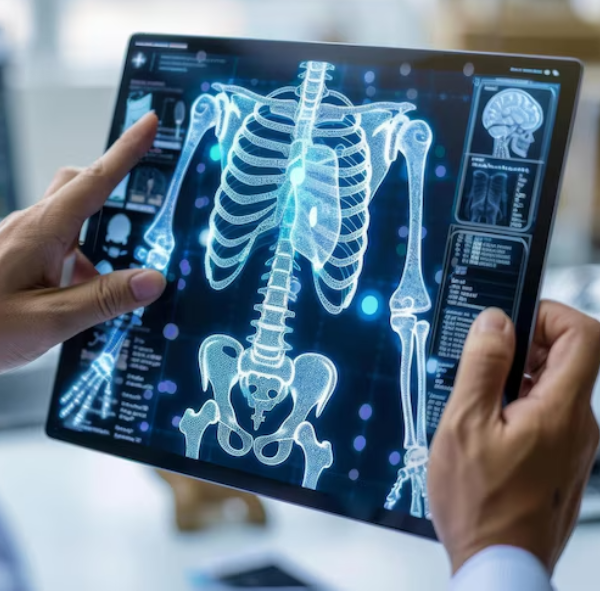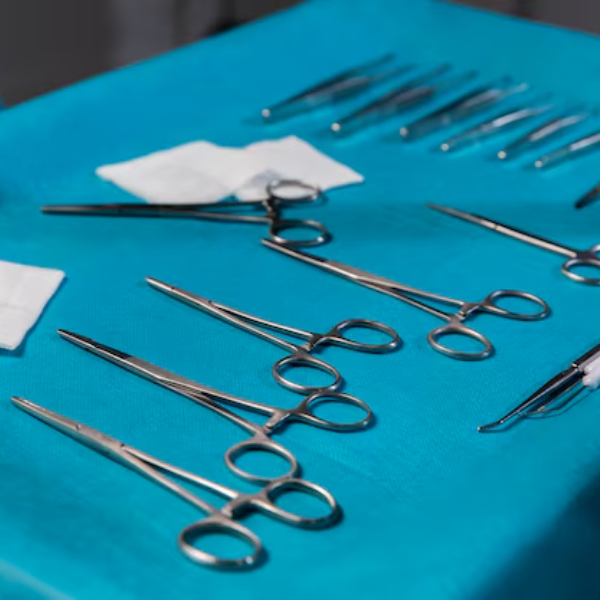Dr. Baskaran K, MBBS., MS Ortho., FRCS (Edin)., FRCS Ortho
Dr K Baskaran finished his MBBS from Stanley Medical College, Chennai in 1993 and underwent postgraduate training D Ortho (1994-95) at Govt. Royapettah Hospital, Kilpauk Medical College, Chennai and MS Ortho (1995-1998) at New Civil Hospital, BJ Medical College, Ahmedabad.
Then he moved to UK for further training and worked in different hospitals (Liverpool, Hairmeyers, Canterbury, Ashford, Stirling, Leicester, Lincoln and Kettering) for nearly 10 years. Having had training in Total Joint replacements, Fracture treatments and Arthroscopic surgeries (knee), he then underwent subspecialty training in shoulder unit to do arthroscopic shoulder surgeries.
During his training he presented scientific papers at international conferences such as American Academy of Orthopaedic Surgeons (AAOS), British Orthopaedic Association (BOA), British Trauma Society (BTS), British and European Hip Society (BHS & EHS), EFORT and British Foot society meetings. He has also published full text articles and abstracts in reputed orthopaedic journals.



